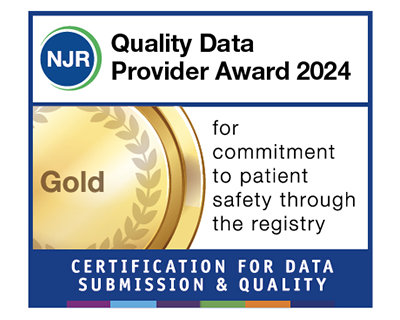Winfield Hospital Specialists
-
Mr David Cooper
Mr David Cooper is a Vascular and General Surgeon at Winfield Hospital in Gloucester who specialises in varicose vein surgery.
Read more -
Mr Sachin R Kulkarni
Mr S R Kulkarni is a Vascular and General Surgery Consultant based at Cheltenham General Hospital and Gloucester Royal Hospital and conducts Vascular Interventional list and Clinic at Great Western Hospital, Swindon.
Read more -
Mr Richard Wilson
Mr Richard Wilson is a Vascular and General Surgeon working across the Cotswolds, Gloucestershire and Wiltshire
Read more


